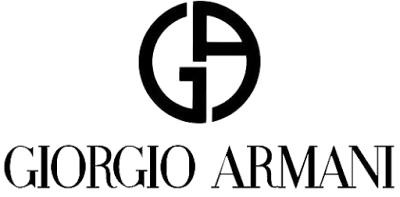Produced by French Renaissance punchcutter, Claude Garamond (1532).
Characterised by large counters in the a and e which have a horizontal crossbar. Long ascenders and descenders. F has a strong hook. Most top serifs are diagonal and lean towards the left.
Caslon:
Designed by William Caslon I (1720 - 1726).
Organic structure to represent handwriting with a pen. Serif font, generally used for extended passages of text. Short ascenders and descenders. W has three terminals and all sides of M are straight. Varied levels of slant in italics, sharp slant on A.
Baskerville:
Designed by English printer and typedesigner, John Baskerville (1757).
Transitional typeface - between modern and old-style. High contrast between thick and thin strokes. Sharp serifs. Generally used in book design.
Times:
Produced by English typewriter and historian, Stanley Morison (1931).
Commissioned by The Times of London to redesign the newspaper's text typeface. Features sharp serifs and contrast in stroke weights. Short ascenders and descenders.
Bodoni:
Developed by Italian type designer, Giambattista Bodoni (1788).
Thick and thin strokes. Originally characterised by subtly bracketed serifs. Long ascenders and descenders compared to x-height. Narrow M and W, R features a curved leg and Q has a tail that extends vertically. Regarded as a display type.
Clarendon:
Created by Robert Besley (first published in 1845).
Designed for Thorowgood and Co. of London, a letter foundry and named after the Clarendon letterpress. Typically used in display applications, such as posters printed on metal and wood. Characterised by thick, block-like serifs, also known as slab-serifs.
Berthold:
(Berthold Akzidenz Grotesk)
Developed by the Berthold typefoundry, established in 1858 by Hermann Berthold. Sans-serif, grotesque originally used for commercial use, such as advertisements, forms and publicity materials. Narrow apertures. Low horizontal stoke on A.
Helvetica:
Developed by Max Miedinger and Edouard Hoffman (1957).
An attempt to improve the Akzidenz Grotesk typeface. Includes qualities of clarity, precision and objectivity. Rounded sans-serif with large x-height. Oval shaped counters. The a is double-storied and features a tear drop shaped counter. The R stands on a curved leg.
Univers:
Produced by Swiss typedesigner, Adrian Frutiger (1954).
Neo-grotesque, sans-serif typeface, based on the Akzidenz Grotesk typeface. Described by Frutiger himself as "visual sensitivity between thick and thin strokes, avoiding perfect geometry". Used for large bodies of text.
 |
| Fig. 1. Helvetica and Garamond. |
 |
| Fig. 2. Clarendon and Times. |
 |
| Fig. 3. Baskerville and Berthold (Akzidenz-Grotesk). |
 |
| Fig. 4. Bodoni and Caslon. |
 |
| Fig. 5. Univers. |
















































